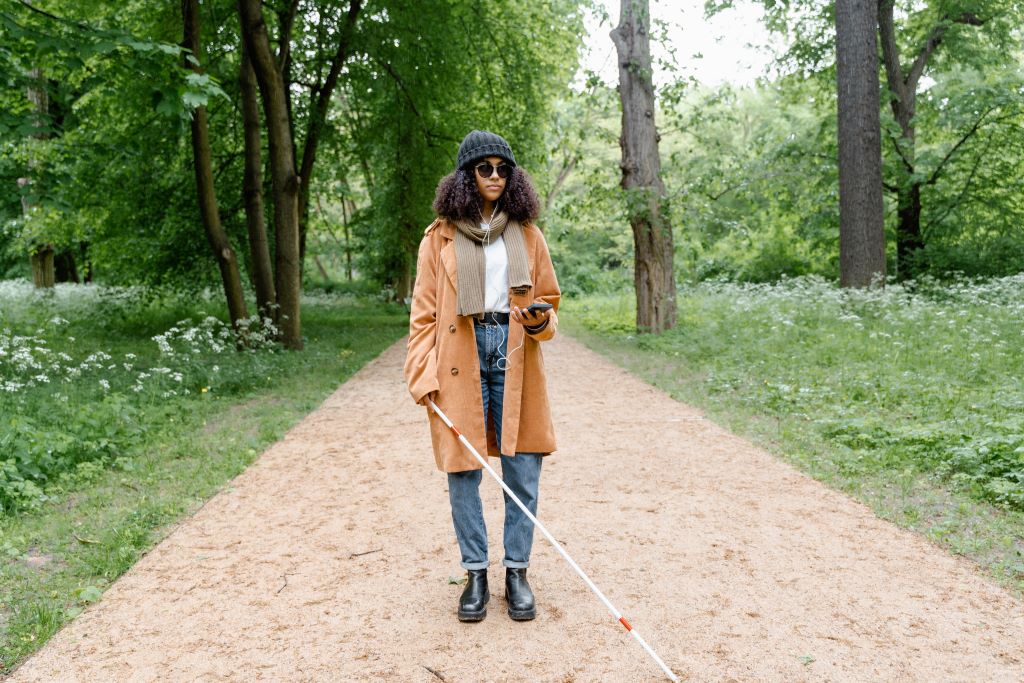
White Cane Safety Day is observed worldwide every 15th October. On this day we are called to celebrate the achievements of people with vision impairment and people who are blind, since the white cane happens to be a valuable tool that helps in restoring mobility independence. And while the use of canes for people who are blind goes back centuries ago, the white cane saw its introduction in the early 20th century, when canes were painted in white for better recognition.
Typically, on White Cane Safety Day, the National Federation of the Blind, which is the oldest and largest organisation led by individuals who are blind living in the United States, hold activities such as walks, social events and film screenings to increase awareness. Interestingly enough, in 2011, President Barack Obama referred to White Cane Safety Day as Blind Americans Equality Day.
But why is all this awareness needed for the sake of a white cane? What does it have to do with people who do not have vision impairment or who are not blind?
It actually has more to do with us who can see clearly, than with those who are blind, and here is why…
Coincidentally just a week ago, a very brave woman, Charmaine, who happens to have been legally blind for the past 5 years, wrote on the Facebook group Women for Women (Malta) to raise awareness about the white cane and its use. Charmaine went on to express her sadness in relation to the disrespect that she encounters on a day to day basis from certain people. She explained that she can’t see where she walks; she can’t write, can’t read and can’t do a lot of things anymore. But the worst part of it all is that while she uses a white cane to walk, people stare at her and call her names and phrases like “mela ma tarax?!” when she accidentally touches their shoes with it. Other people just cross from right in front of her without being aware that it is dangerous for both them and herself, as they may either trip over her cane, or else if she notices and stops abruptly to avoid tripping them, she ends up fully disoriented.
Charmaine went on to plead for consideration and respect towards individuals who are blind or who have vision impairment. The white cane is Charmaine’s (and others like her) safety. It restores some mobility in her life. It helps her be more independent.
Let us all join Charmaine in raising awareness about the white cane. Share this article, spread the word. Life is already difficult as it is for such individuals. Let us not add more frustration to their lives. The least we can do is to be more understanding and compassionate towards each other.
Do you have an experience you’d like to share with us at wham, either in your name or anonymously? Contact us or send us an email at [email protected]
Claire Galea is a mum of three currently reading for a Degree in Nursing at the Faculty of Health Sciences, University of Malta, as a mature student. She is keen about holistic patient-centered care as well as public education about health-related subjects, which she frequently writes about on Wham as a Content Writer and Website Editor.
Claire is also passionate about spreading awareness on the negative effects that domestic abuse leaves on its victims’ mental, emotional, social and physical wellbeing. She is the author of two downloadable ebooks, namely Heal Your Life Forever and 5 Simple Steps To Creating The Life Of Your Dreams.
Click here to check out Claire’s full bio as well as a list of all her Wham published articles





